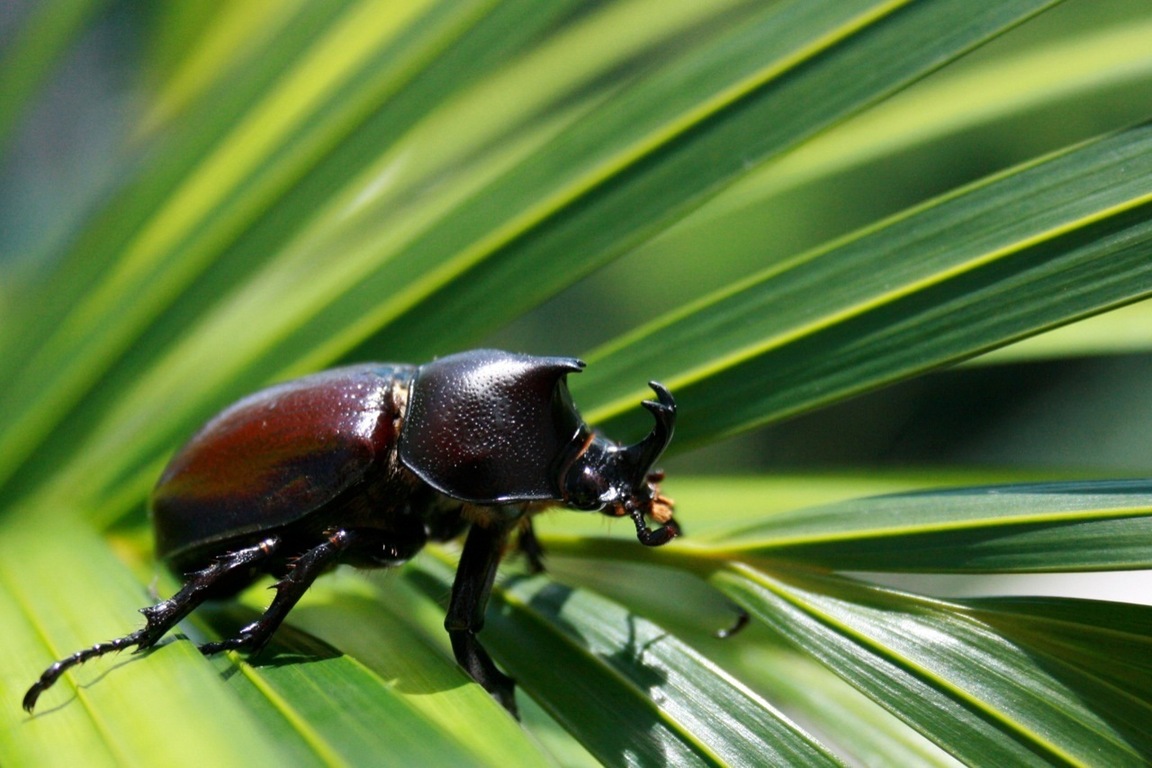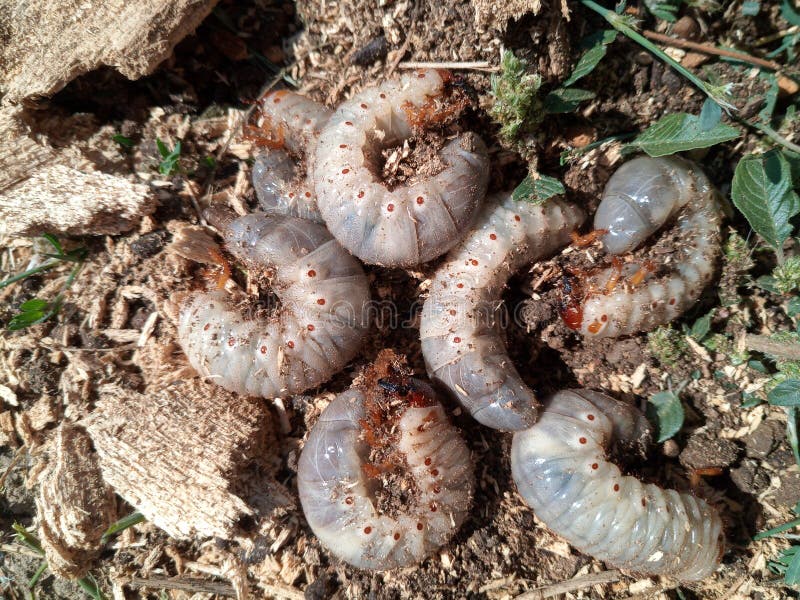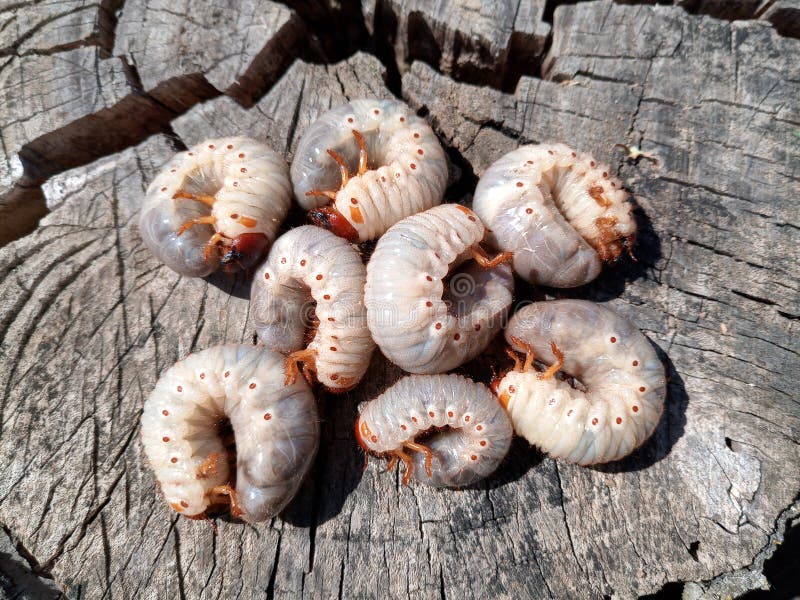

Japanese rhinoceros beetles are popular in gambling, especially in the Ryukyu Islands, similar to Siamese fighting fish and cricket fights. Revealing that the expression of digestive enzyme genes was significantly higher in the midgut. To study this process, a 636.27 Mb/10 chromosome reference genome was produced, and transcriptome analysis carried out on larvae feeding on sawdust or mushroom residue. This has been harnessed industrially to biotransform the waste substrate from mushroom production. In the larval stage, it can decompose recalcitrant wood material and humus efficiently through secreting various digestive enzymes comprising cellulase, glycanase, and glycosidases to degrade lignocellulose-rich plant polymers.


Japanese kabuto breeders are trying to find supplements to make the Japanese rhinoceros beetle mature faster and grow to a larger size. The eggs are laid directly in the ground, which will hatch into larvae that usually mature in a year. Fighting occurs among males competing for mates and territory. Male beetles normally die in the fall after mating many times, while female beetles normally die shortly after laying eggs as reproduction shortens their lifespan. Their preferred foods are tree saps, fruits and anything sugary. The earliest beetles will emerge from the ground in late spring they will usually die around mid-September to early October. The Japanese rhinoceros beetle will live most of its life underground in larval and pupal stages, spending only about four months as an actual beetle before death. Third instar larva (last step before metamorphosis) Across populations and regions, male beetles can vary greatly in size and horn performance, and it is suggested that differences are due to relative intensities of selection. It can be found in broad-leaved forests in tropical and subtropical mountainous habitats. This species is present in Japan (Honshu, Kyūshū and other islands including Okinawa), Taiwan, Korean Peninsula and eastern China. Like all Dynastinae species, these beetles are strong flyers, although they never cover long distances during the flight. The body is dark brown, while the ventral part of the body is black and brilliant and the front legs are unusually long. Their eyes may be white or red and are adapted to low light levels, as this species is nocturnal. In addition to their impressive and ornate protuberance they also have a smaller thoracic horn, also forked. By means of their forked horn they lift other males off the ground and throw them into the air. The long cephalic horn of this species has a characteristic shape in the form of the letter Y and it is used by males during the mating period and to maintain territories. The males are much larger, reaching a length of 40–80 mm, while females can reach a length of about 40–60 mm. Allomyrina dichotoma shows a striking sexual dimorphism.


 0 kommentar(er)
0 kommentar(er)
